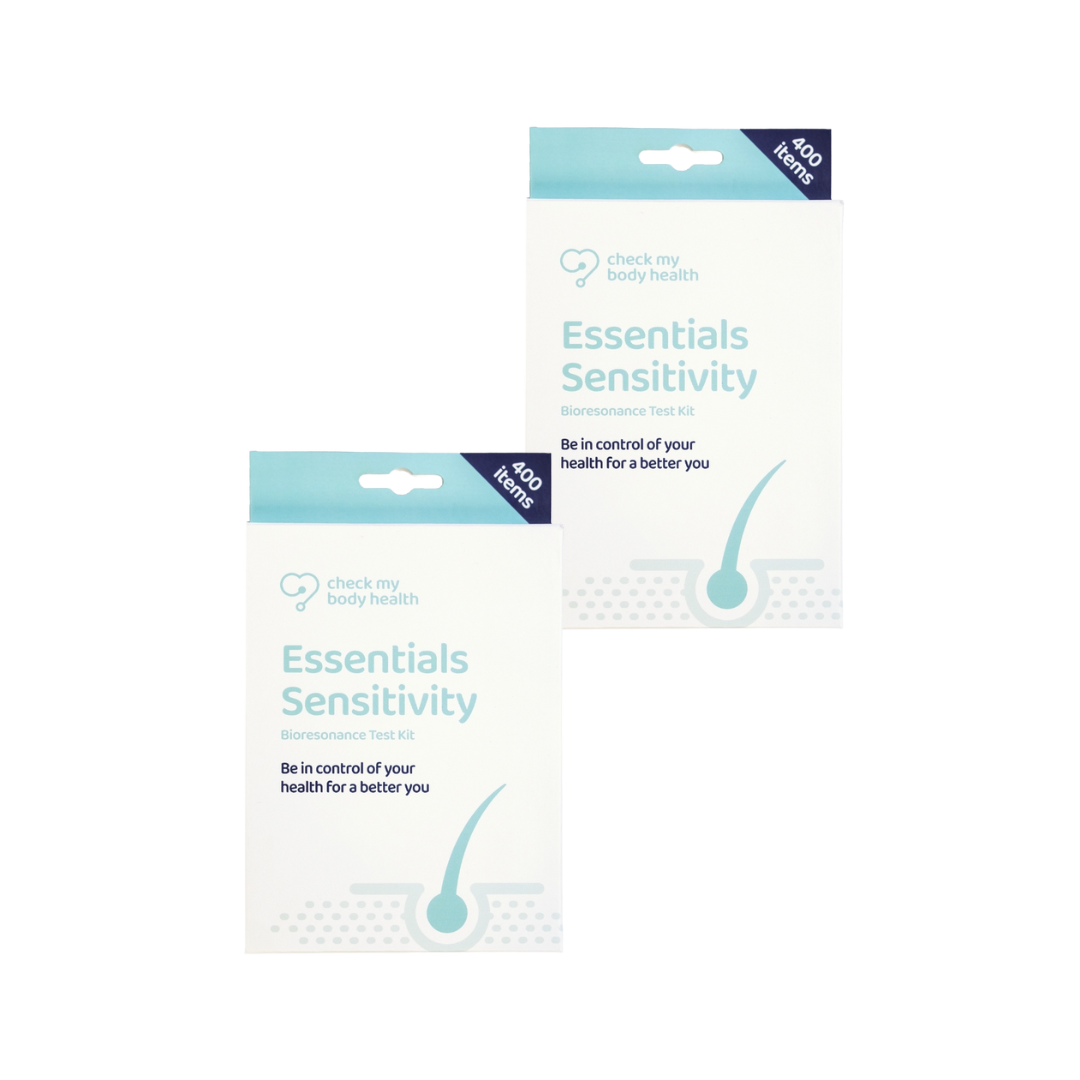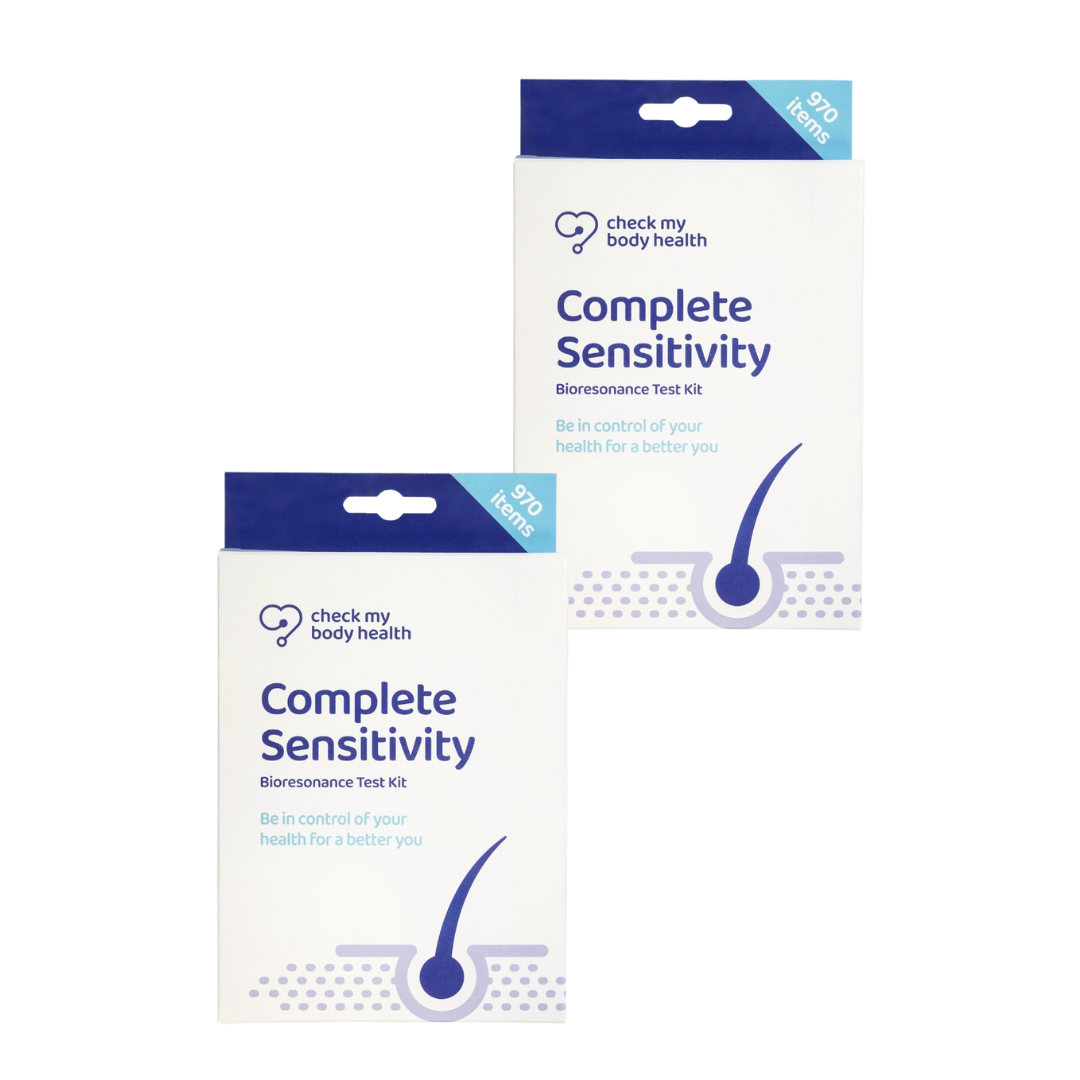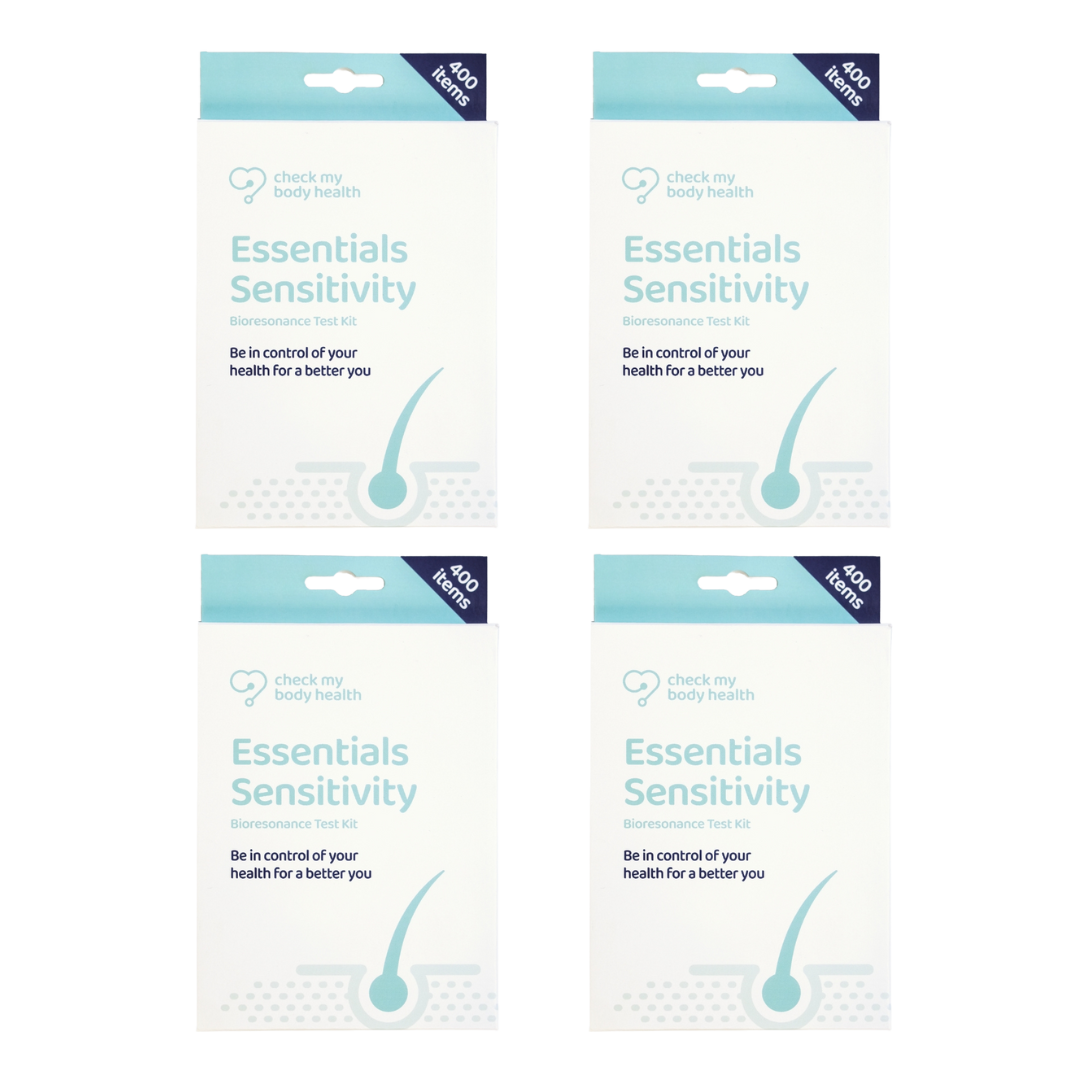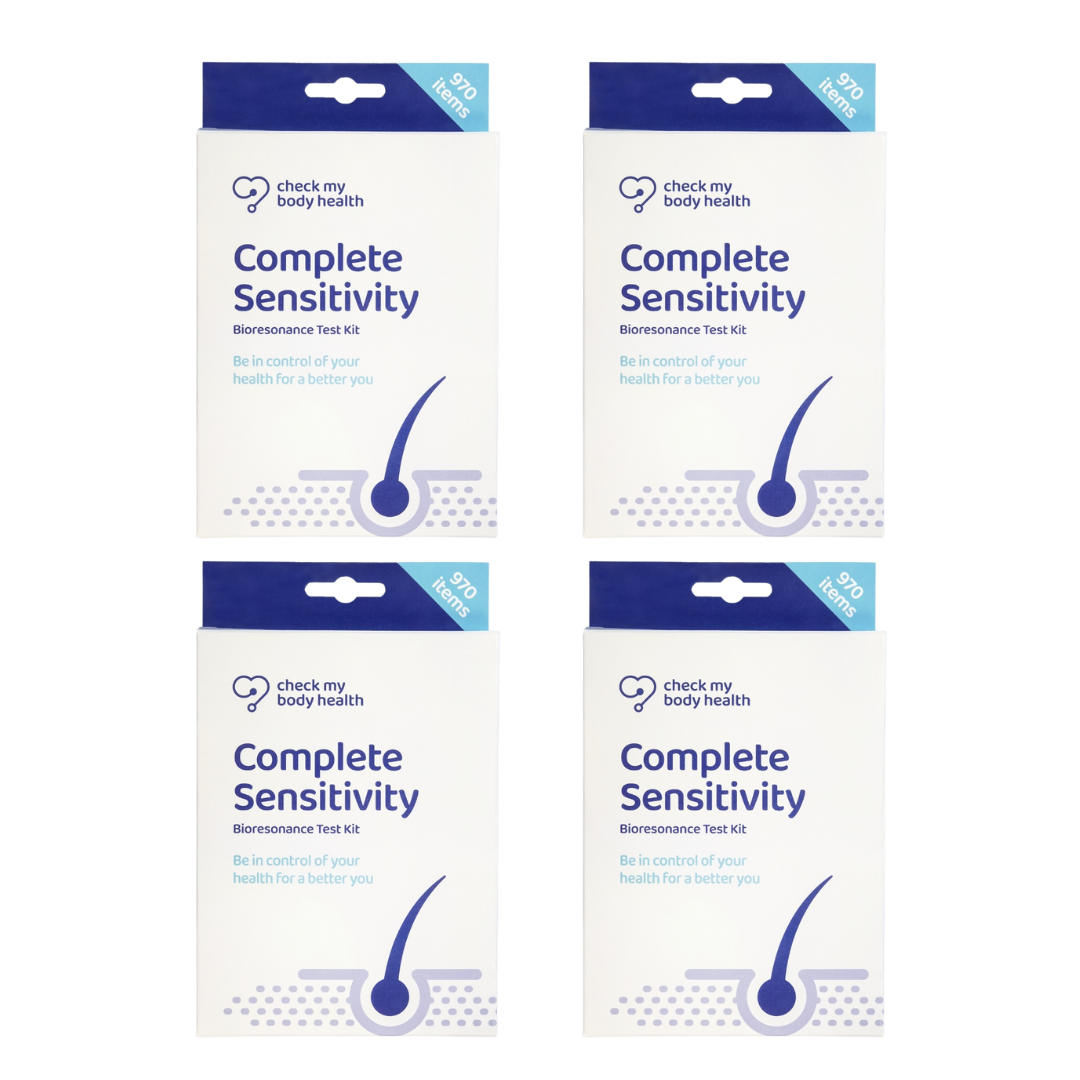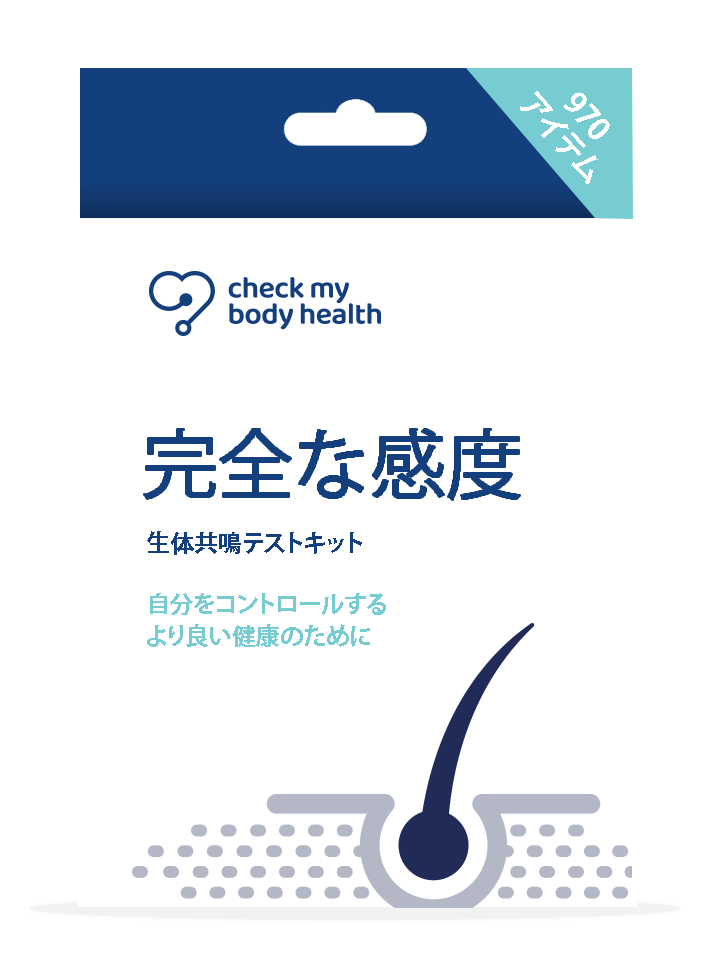
大豆アレルギー

大豆(またはsoya)とは、大豆を原料とする様々な食品を指す:
- 大豆:成熟した豆の丸ごとで、乾燥または生で売られることが多い。
- 豆腐:豆乳を固めて作るチーズのような柔らかい食品。
- テンペ:ナッツのような風味を持つ大豆発酵食品。
- 豆乳:大豆をすりつぶして煮て作る乳製品以外の代用乳。
- 枝豆:スナックやおかずとしてよく出される未成熟の大豆。
- 醤油:発酵させた大豆、塩、小麦から作られる調味料
- テクスチャード・ベジタブル・プロテイン(TVP):脱脂大豆粉から作られる高タンパク質製品。
大豆は多くのアジア料理に広く使われていますが、肉や乳製品に代わる植物性食品としても人気を集めています。 良質なたんぱく源であり、健康に役立つ様々なビタミン、ミネラル、植物化学物質を含んでいます。 しかし、大豆アレルギーを持つ人や、イソフラボンなど大豆の特定の成分に敏感な人もいるため、大豆に対する個人の反応を観察することが重要です。
大豆アレルギーとは何ですか?
大豆アレルギーとは、大豆や大豆由来の食品に含まれるタンパク質に対するアレルギー反応です。 大豆アレルギーの症状には、かゆみ、腫れ、じんましん、呼吸困難、嘔吐、下痢などがあります。 ご自身やご家族に大豆アレルギーが疑われる場合は、医師の診断を仰ぐことが大切です。 アレルギーが確認された場合は、大豆や大豆由来の成分を含む食品を避けることが重要です。 一般的な大豆の供給源としては、枝豆、豆腐、味噌、テンペ、醤油、豆乳、様々な加工食品が挙げられます。 また、大豆の供給源が隠れていないか確認するために、食品ラベルを読むことも重要です。
大豆を含む食品は?
多くの食品に、主成分として、または添加物として大豆が含まれています。 ここでは、大豆が含まれている可能性のある一般的な食品をご紹介します:
- 豆腐
- テンペ
- 豆乳
- 枝豆
- 醤油
- テクスチャード・ベジタブル・プロテイン(TVP)
- ベジタリアン用代替肉(ベジバーガー、ソーセージ、ミートボールなど)
- 乳製品代替品(大豆ベースのヨーグルト、チーズ、クリーマーなど)
- 焼き菓子(パン、クラッカー、ペストリーなど)
- スナック菓子(グラノーラバー、プロテインバー、エナジーバーなど)
- 加工食品(缶スープ、ソース、スープ、サラダドレッシングなど)
大豆はさまざまな名前で表示されていることがあるため、買い物の際には原材料表示を確認することが重要である(例:分離大豆タンパク質、加水分解大豆タンパク質)。
大豆不耐症の症状は?
A soya intolerance is not a food allergy, but rather a sensitivity to certain foods that contain soy. Symptoms of a soya intolerance may include digestive issues such as bloating, gas, abdominal pain, constipation, and/or diarrhoea. Other signs of soya intolerance may include fatigue, headaches, skin rashes, and joint pain. If you suspect that you or someone you know may have a soya intolerance, it is important to speak with a doctor to receive an accurate diagnosis. To manage soya intolerance, it is important to eliminate soy and soy-based foods from your diet. This can be a challenge since soy is a common ingredient in many processed foods. It is important to read food labels in order to identify hidden sources of soy in food. Some recipes for people with a soya intolerance include vegetarian chilli with beans, roasted vegetable salad, and quinoa with mushrooms and spinach.



